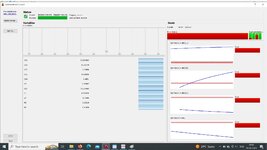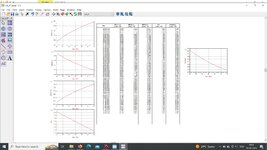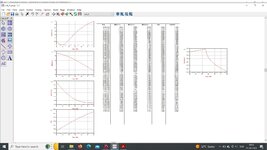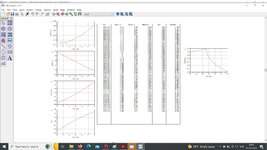pusparaga
Full Member level 4
I am designing Power Amplifier (PA) using Win Semiconductor's 0.15 um GaN on Silicon substrate at Ka-Band frequencies from (26-32)GHz. Right now I am getting power gain of the designed PA is around 1 dB for above said frequencies. How to enhance this power gain from 1 dB to around 15 dB. Though I have designed perfect Input and output matching circuit also, am getting too low power gain.
Attachments
Last edited:




